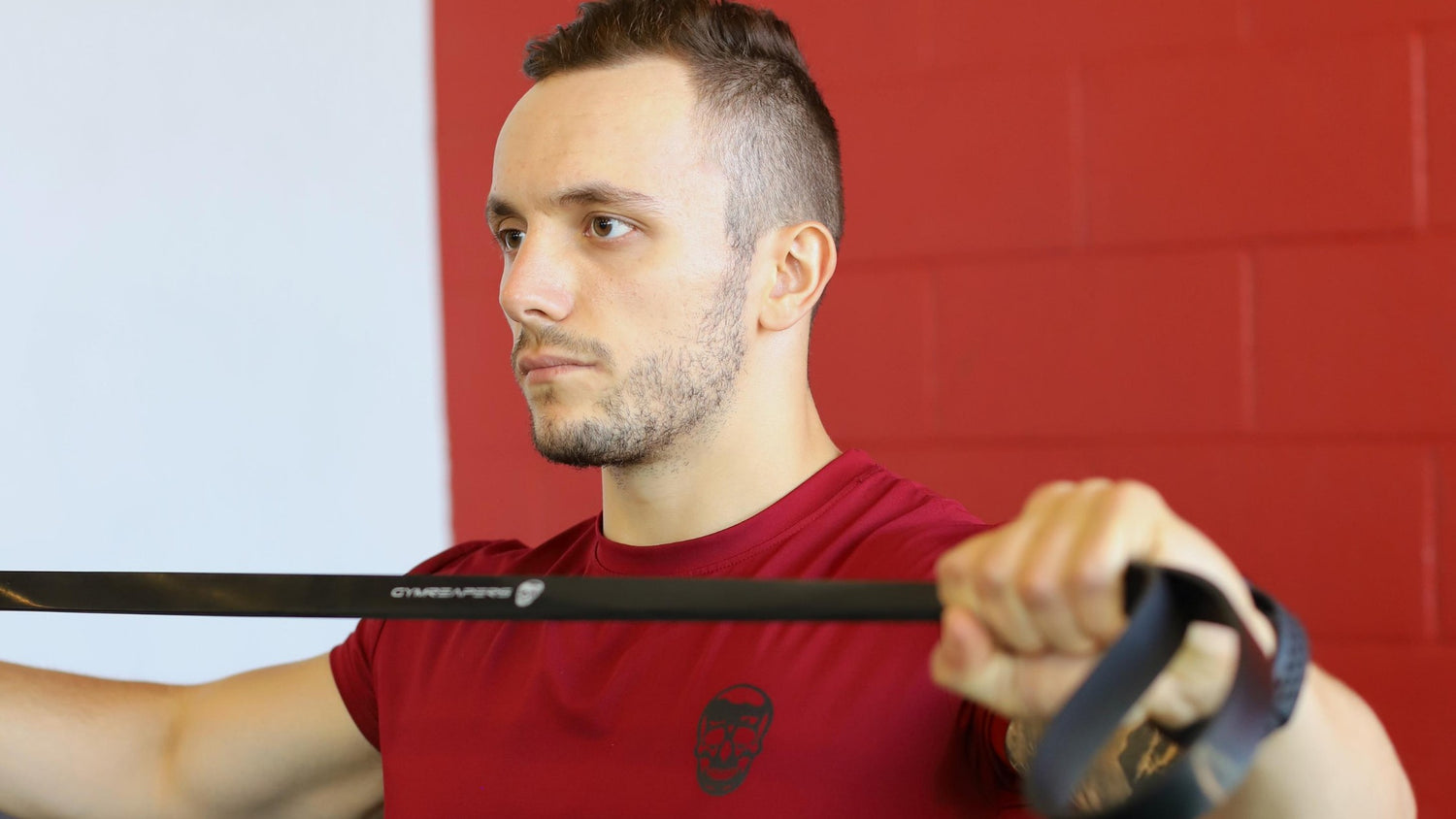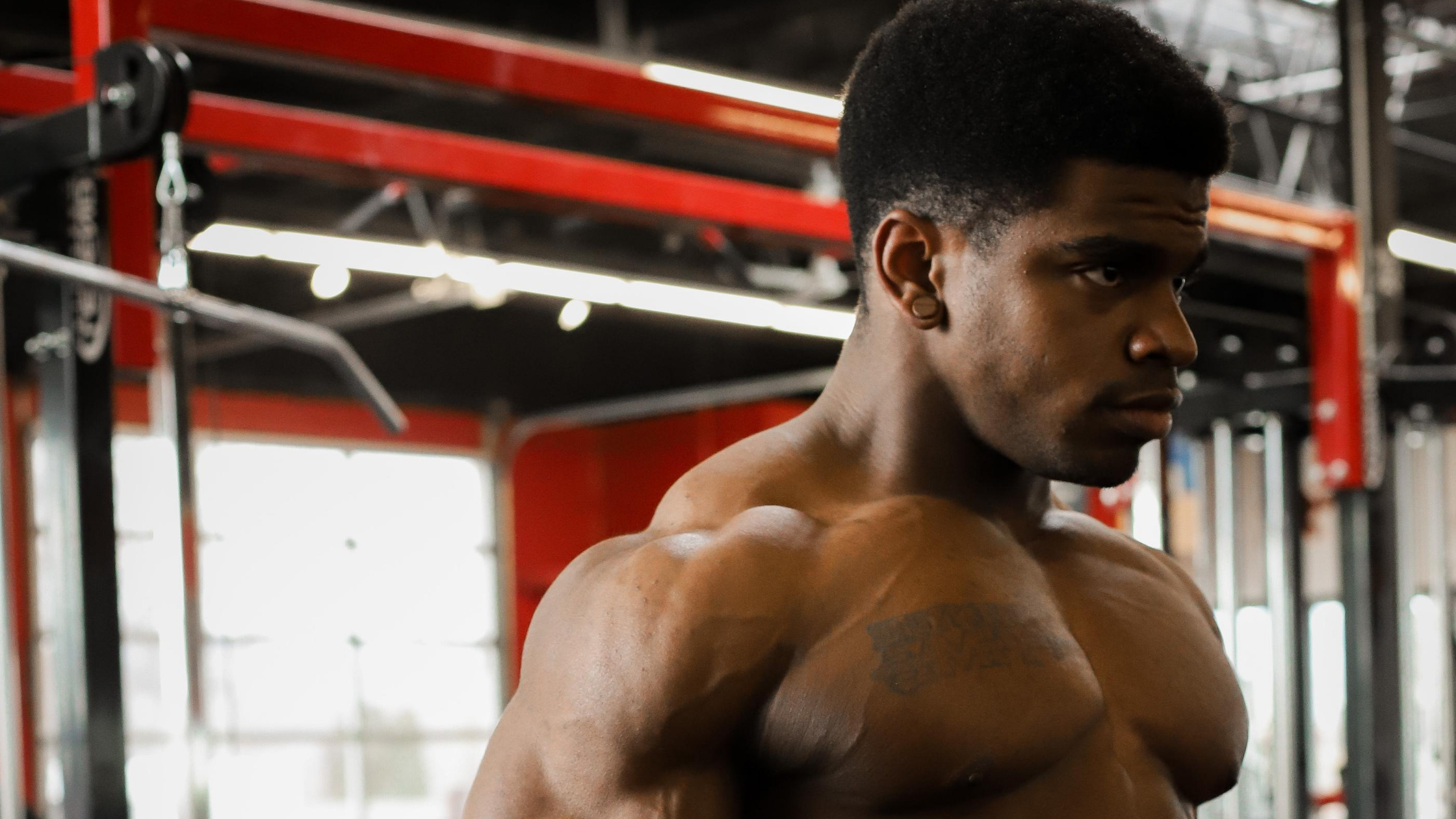Resistance bands (also known as pull up assist bands or pull up resistance bands) have gained even more popularity in recent months. The ability to work out anywhere without having to invest in multiple weights of dumbbells or heavier equipment makes resistance bands all the more desirable.
Whether your gym is closed or you’re just working out in a limited-size space, incorporating resistance bands into your fitness program helps improve your fitness routine.
For people that have relied on dumbbells and barbells for most of their training, the transition to resistance bands can a little different. Some have even been skeptical that strength training can’t be done without massive weights. That’s the beauty of resistance bands.
Resistance pull up bands come in a variety of weight levels, which can be incorporated into any fitness or training routine, from beginner to advanced. Best of all, the variety of band levels is also helpful because different muscles will utilize different weights levels.
Resistance bands are also very useful for warms up, mobility, and rehabilitation.
Before beginning any pull exercises, stretch with resistance bands to loosen the muscles and reduces the risk of injury. Whether you’re using bands or traditional weights, loosen up your shoulders, back, and chest with moves like the pull apart for improved mobility.
If you’ve been searching for ways to improve or switch up your strength training, start using resistance training bands. As you get more comfortable with resistance bands over time, you’ll notice that their effect is more noticeable. They don’t rely on gravity and the further you stretch them, the more resistance is added.
In this article, we’ll give you our top 8 full body resistance band exercises that can be done anywhere. Try to perform these resistance bands exercises for 3 to 4 sets (10 to 12 reps). Let’s get started with the first one below.
1) Bicep Curls
For a workout that’ll have you feeling the burn, doing bicep curls with resistance bands will provide incredible gains. Unlike dumbbell bicep curls, resistance band bicep curls will offer resistance during the entire movement because the resistance force is constant.
Here’s an easy way you can train your biceps with resistance bands:
- Pick a resistance band weight that you can do
- Place the band below one foot, standing shoulder-width apart
- Grasp the other side of the resistance band with one hand
- Keep your elbow close to your body and perform a curl
- For varied resistance, stand on the band with both feet and perform a curl

Buy Resistance Bands
2) Tricep Extension
For this exercise, you will need a sturdy pole or an anchor so you can attach one end of the band and perform the extension portion.
This exercise is similar to using a cable pulley machine and can utilize any resistance level for building tricep muscles. To begin the workout, here’s what you need to:
- After securing one end, pull the band and allow some slack for the full motion
- Stand with a slight bend in your knees and bend forward (about 45 degrees — keeping your back straight)
- Keep your hands and elbows close to your body and at about waist-level
- Pull the band back (as if you’re skiing) until it’s fully extended
- Return the band to the forward starting position and repeat the process
3) Overhead Tricep Extension
We’re not quite done with the triceps yet. The overhead tricep extension also works the tricep muscle, but this time you’re in a full standing position.
Placement of the pull up resistance band will be similar to the bicep curl, except the pulling portion of the band will be behind your head. Here’s the movement:
- Place the band below one foot, standing shoulder-width apart
- Grab the other part of the band and move it back and behind your head
- Your grip on the resistance band should be tight (slack will be behind your back)
- With one hand, as if you’re reaching back, start pulling up towards the sky
- Control your elbow and until your arm is fully extended, then retract
- The move will test your stability as well as tricep muscles
Related Article: 10 Best Tricep Exercises With Bands (+ Sample Workout)
4) Upright Rows
Let’s switch things up and move on to shoulders. Using resistance bands for shoulder workouts is like using a barbell or cable pulley machine, except you don’t have to deal with the bulky equipment.
For upright rows, your grip can be close together or you can try the move with a shoulder-width grip. Here’s how to do the band upright rows:
- Stand on the band with both feet, having with your feet close together
- Grab the other end of the band and hold it out in front of you
- With both hands and a firm grip, pull the band up towards your chin
- Make sure your elbows are pointing upward as pause briefly
- Return to starting position and as you go up again, make a slight pause at the top

5) Bent Over Rows
Having targeted the arms, and shoulders, we now move to work the back muscles. With bent over rows form is of the utmost importance. Your foot placement will be similar to the upright rows you just performed, so it’s a somewhat smooth transition.
For this move, as you contract you should also incorporate a slight pause. This will give extra tension to the upper back muscles, such as the lats. Follow the steps below:
- Stand with a slight bend in your knees and bend forward (about 45 degrees) with your back straight and core tight
- The band should lay flat on the ground so you stand on the band with both feet
- Your feet should be shoulder-width apart as you hold the loop ends of the band
- Keep your elbows tucked as you pull back on the bands, squeezing your shoulder blades together
- After a slight pause, return to the starting position and repeat the move
6) Face Pull
One of the best ways to work your deltoids and upper back is to perform face pulls. Typically done on a cable pulley machine, resistance bands are a great alternative for this move, offering consistent resistance from start to finish.
You will have to find a sturdy pole or object to attach one side of the resistance band in order to perform this exercise. Here’s how to do shoulder exercises with bands:
- Stand back with a slight amount of slack on the bands
- Hold the ends of the bands with your hands shoulder-width apart
- Pull back on the band while bringing the bands up and toward your face
- Keep your elbows high as you squeeze your shoulder blades together
- For added resistance take a small pause at the top (contraction)
7) Banded Push-Up
This is the cranked-up version of a regular push up. Adding resistance bands to the move will bring tension to your arms and chest for an explosive workout. Not only are you targeting the pecs, but you’re also firing up your deltoids and triceps. The simple move is done as follows:
- Place the band horizontally around your upper back, hold the ends
- Transition to the floor and into the standard push up position
- The band should be centered around the middle of your back
- The grip (end loop) should be under your hands and around the palm area
- Perform the classic move by keeping a strong core as you move down toward the floor
- Extend your arms to return to the starting position and repeat
8) Squats
There are several ways to do squats with resistance bands. Some have even done the move with tube resistance bands, which can be easier to maneuver due to the grip handles. Whichever way you perform the squat move, you’ll be working your quads and your core. Here’s what you should do:
- Standing shoulder-width apart, step onto the resistance bands
- Squat down and grab the resistance band with your hands
- Place the band onto your shoulders (behind the neck) and slowly stand up
- For better control, you can move your arms to ‘hug’ the band so it’s resting on the front of your upper body
- Be sure to keep your core tight and breathe as you repeat the move
There you have it! In this article, we gave you our top 8 total body resistance pull up band exercises that can be done anywhere. Give this workout a try or slowly start adding these moves into your strength training or mobility routine.














Leave a comment
All comments are moderated before being published.
This site is protected by hCaptcha and the hCaptcha Privacy Policy and Terms of Service apply.